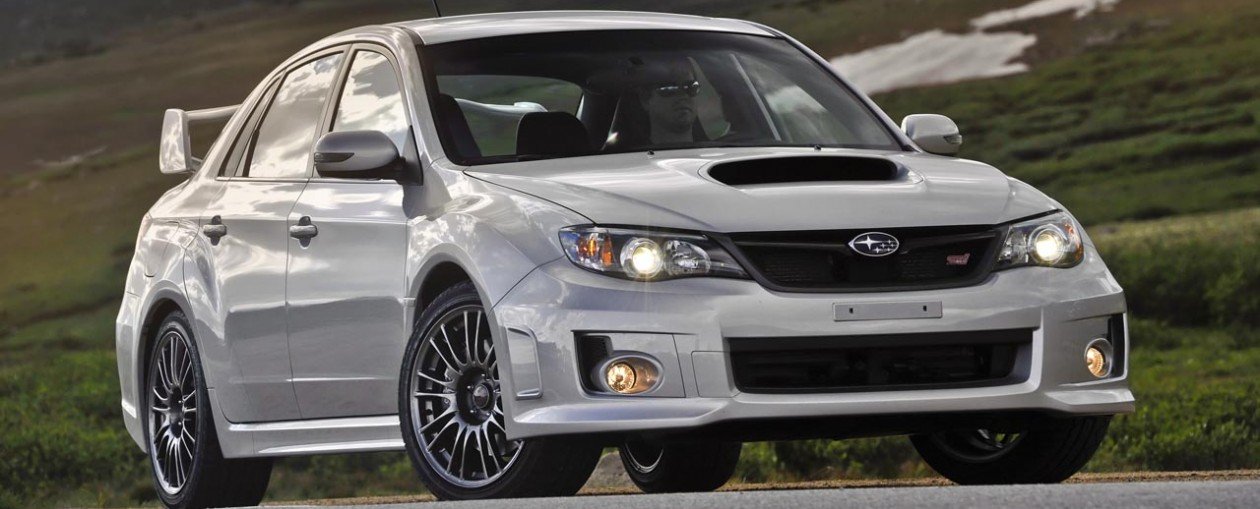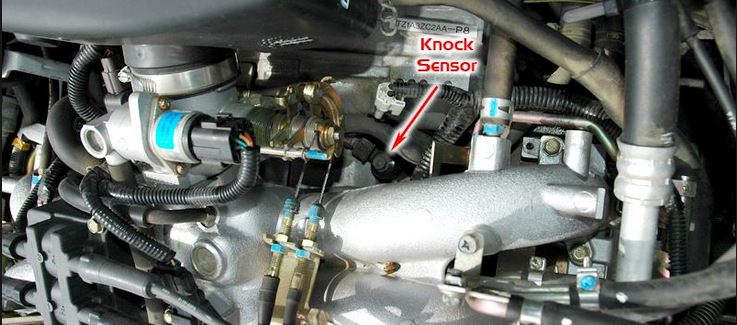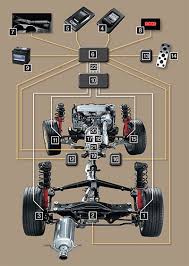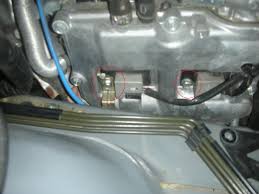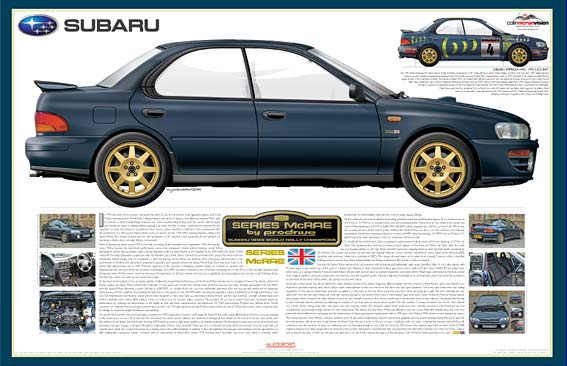Coolant is Critical to your Subaru:
The heart of any vehicle is the engine. It’s what makes it go. Anything that jeopardizes the operation of the engine can have disastrous effects and result in extensive repairs. If the engine is the heart of the vehicle, then surely the cooling system is the “circulatory system” that keeps the engine operating at optimum temperatures. If it doesn’t, bad things are going to happen.
Subaru engines are modern masterpieces of technology and precision. Manufactured of multi-alloy metals and exotic materials, these engines contain more components, weigh less, produce more power and torque and are more durable than the old iron engines of 40 years ago. However, even these high-tech engines can be damaged or destroyed by excessively high internal temperatures.
Though more energy efficient than ever before, the combustion of fuel and air in the cylinders that produces the power that propels the vehicle still creates an enormous amount of waste heat. This is carried away from the cylinders either by venting it out through the exhaust system or via the cooling system. If either of these systems fail to keep the engine at normal operating temperatures, an overheating condition occurs. Of the two, the cooling system is most vulnerable.
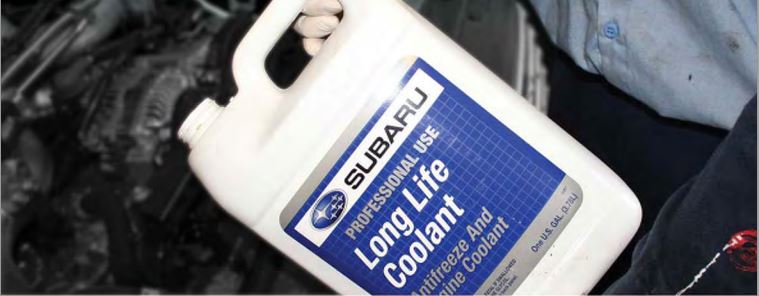
The cooling system can easily be contaminated or compromised by anyone putting the wrong products into the radiator or reservoir. Often, Subaru owners or service facilities that are not aware of the specific needs of the vehicle will put incorrect chemicals into the system. In fact, according to figures published by the U. S. Department of Transportation, coolant-related problems are the primary cause of mechanical breakdowns on the highway. Many of these breakdowns could have been avoided by the use of proper coolant and the right additives.
